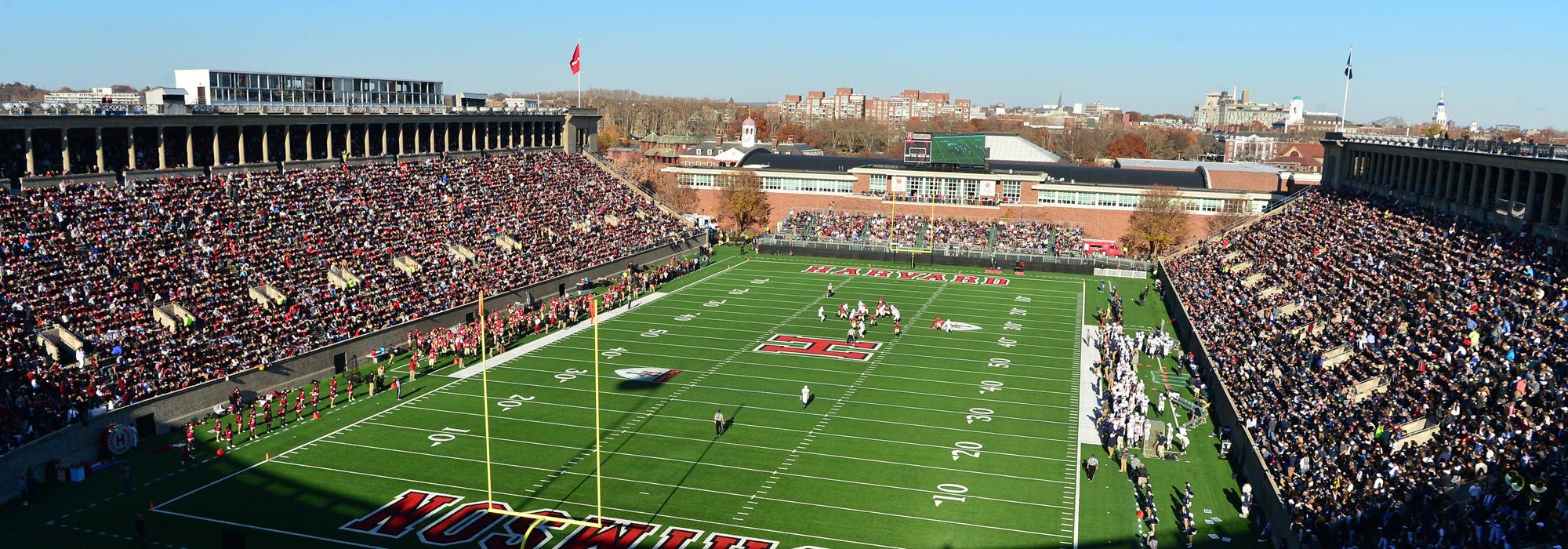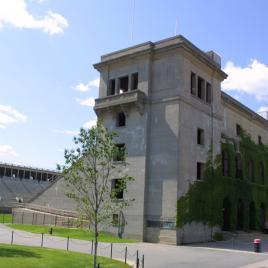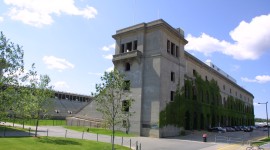Pioneer Information
Born in Waltham, Massachusetts, Worcester was one of the country’s foremost engineers in the design of steel and reinforced structures and foundations. He graduated from Harvard University with a B.A. in 1882, then going to work as a draftsman and subsequently an engineer at Boston Bridge Works until 1894. That year Worcester went into private practice in Boston as a civil engineering consultant, his specialty being the design of bridges and other steel structures and masonry. Early in his career he designed steel reinforcement to support the dome of the Charles Bulfinch-designed Massachusetts State House in Boston. In 1903 he supervised the construction of Harvard Stadium with engineer Lewis Jerome Johnson. Four years later Worcester founded the engineering firm J.R. Worcester & Company, being senior partner until 1924. For many years he was the consulting engineer for the Boston Transit Commission, designing subway steelwork, a large portion of the elevated structure of the Boston Elevated Railway, and the concrete viaduct across the Charles River Dam. Worcester also designed the second longest arch bridge in the country over the Connecticut River at Bellows Falls, Vermont. In 1921 Herbert Hoover appointed him to a committee which drafted building codes and material standards, a position he held until late in life. Although Worcester retired in 1924, he consulted until his death.
Worcester became a Fellow of the American Academy of Arts and Sciences in 1915. He was a member of a visiting committee of the Board of Overseers of Harvard University, the New Church Institute of Education, and many engineering societies. Worcester died at the age of 83 and was buried in Mount Feake Cemetery in Waltham, Massachusetts.






